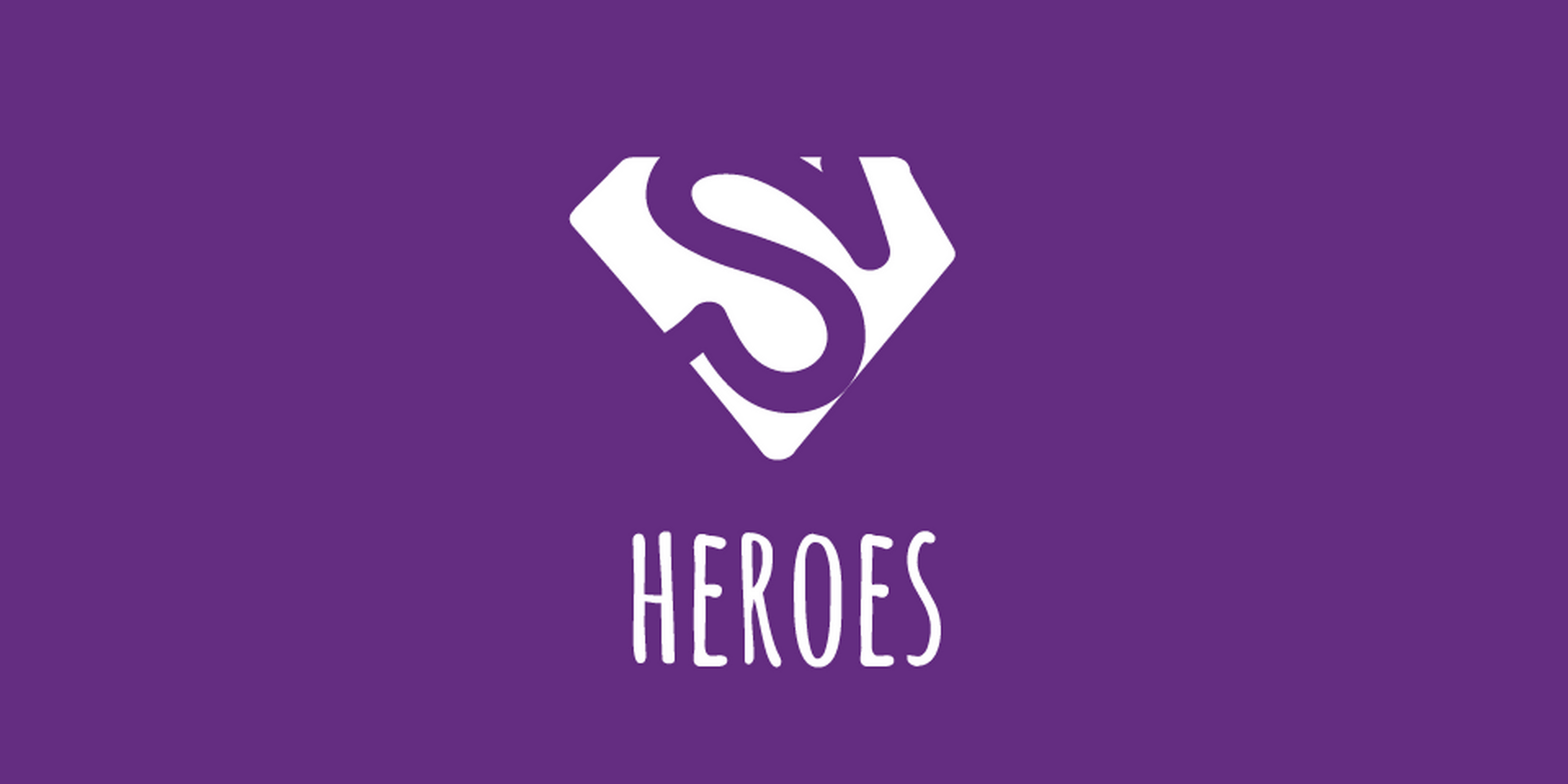The Sterce model: your heroes

In this blog series, each time we take another look at the Sterce Model, and then delve into a section. The Sterce Model is a tool we have been using to build strategies for our clients for more than a decade. It is not a childish model; the various steps have been expanded, honed and deepened over the years and therefore deserve extra attention. In this blog, we bring to light a very important part: the heroes.
What are heroes?
Wait a minute, first a step back. Earlier in the Sterce Model, we told you how to determine your strategic options. This was done using the confrontation matrix, which explained in great detail where your strengths and weaknesses lie. This provided options, options that you can then choose from and use to determine what your strategy will look like. Will you go on the offensive or on the defensive? All those kinds of questions could be answered thanks to the confrontation matrix. So you have a broad idea of where you want to go, but a broad idea alone will not get you there. You need concrete points, certain target groups, a part of the market, a product, or a combination between the market and a product, that you believe in 100%. And these components will go through life as the heroes.
The heroes are where the bulk of your energy, budget and time goes. They will become the most important parts of your strategy and from now on everything will be done with these heroes in mind.
How do I actually choose my heroes?
Determining your heroes happens partly naturally. Usually they already surface when deciding on your strategic options, or you have a fine idea in advance of where to set your sights. But much more than deciding what you will do, heroes are about deciding exactly what you will not do. Letting go of the parts that are not going to be part of your heroes is far from easy, but very important. It creates a certain focus you need to be able to focus on the most important points and give them the attention they deserve.
Letting go of these parts takes guts and perseverance. This makes sense, as these parts are partly responsible for getting you to this point in the first place. It is therefore often much harder to decide where you are going to put less energy into, rather than where you are going to fully focus on. But the 'kill your darlings' principle does apply in determining your heroes. You simply cannot have too many of them. The more you have, the less time and attention you can devote to each, individual hero. Therefore, make sure your heroes are the real raisins, the gems.
By the way, it doesn't have to mean saying goodbye to everything that doesn't belong to your heroes for good. Of course there can be a place for these in your strategy and of course they can be included in your considerations. But the heroes, that's where the absolute centre of gravity lies. That's where you're going to focus on for the most part.
Focus audiences
To every hero there is a focus target group. This is slightly different from a regular target group; a focus target group very accurately describes a particular group of people that you explicitly seek out in your online strategy. So it goes much further than 'residents of Amsterdam', or 'men between 30 and 40'. Focus target groups are described in great detail and their descriptions include things like:
- If you want to target companies, are you going to target the decision-maker, or the influencer of these companies? These two properties seem to be quite close to each other, but have substantial differences and therefore need to be approached in a substantially different way.
- Demographic characteristics, such as:
- Age
- Gender
- Job
- Nationality
- Interests - What moves your target audience? What makes them take action, and how does your product or service connect to this?"
- What so-called 'needs' arise from your Unique Buying Reasons and how does your offer meet these needs? Where, so to speak, is the match?
In fact, anyone can be your target group. So within that big bin of target groups are your focus target groups and the better you can describe them, the more targeted you can be in your strategy. Therefore, make sure that these focus target groups are clearly defined. What do they want? What moves them? And how can you best meet the needs of these focus target groups so that it goes without saying that they will come to you and nowhere else to see their needs fulfilled?
A good way to get very clear on how best to serve these focus target groups is through a proposition. By a proposition, we mean a statement, a promise, that indicates why a customer should come to you for their desired product or service. How we format those propositions is covered in the next blog.

